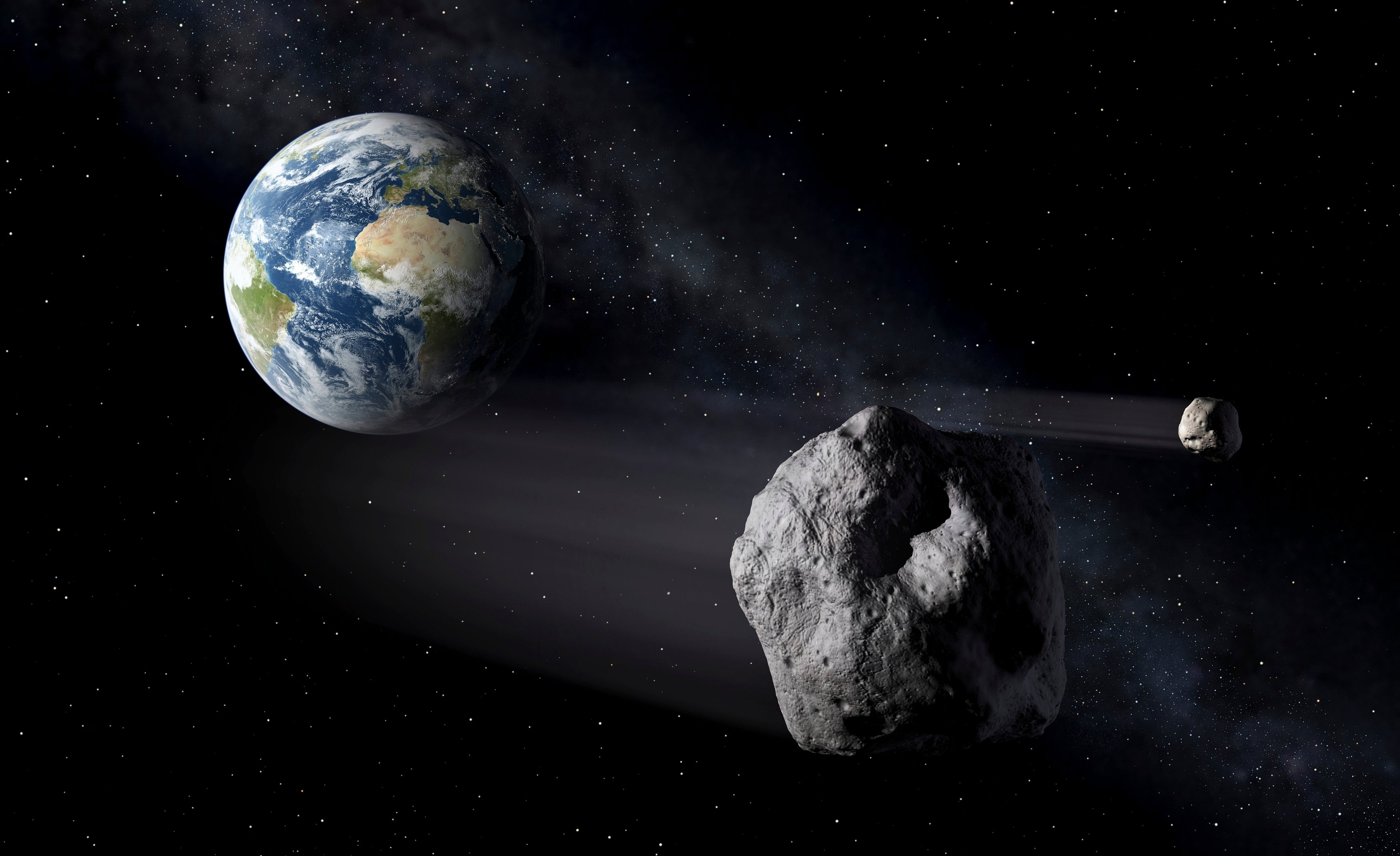A harmless asteroid will whiz past Earth Saturday. Here's how to spot it
An asteroid will whiz harmlessly past Earth this weekend

Your support helps us to tell the story
From reproductive rights to climate change to Big Tech, The Independent is on the ground when the story is developing. Whether it's investigating the financials of Elon Musk's pro-Trump PAC or producing our latest documentary, 'The A Word', which shines a light on the American women fighting for reproductive rights, we know how important it is to parse out the facts from the messaging.
At such a critical moment in US history, we need reporters on the ground. Your donation allows us to keep sending journalists to speak to both sides of the story.
The Independent is trusted by Americans across the entire political spectrum. And unlike many other quality news outlets, we choose not to lock Americans out of our reporting and analysis with paywalls. We believe quality journalism should be available to everyone, paid for by those who can afford it.
Your support makes all the difference.An asteroid will whiz harmlessly past Earth this weekend. With the right equipment and timing, you just might spot it.
Called 2024 MK, the space rock will make its closest approach to Earth Saturday morning, passing by at about three-quarters the distance from Earth to the moon. It was first spotted two weeks ago by a South African observatory and is about 393 feet to 853 feet (120 meters to 260 meters) wide.
Smaller objects shoot past Earth all the time, according to asteroid expert Davide Farnocchia with NASA’s Center for Near-Earth Object Studies. Asteroids the size of this latest one fly by about every 25 years or so.
“We’re going to see a few of those during our lifetimes, but it’s not something that happens every other day,” he said.
A 7,579-foot (2,310-meter) asteroid flew safely past Earth Thursday, but it was farther away and was only visible to professional telescopes.
For Saturday, skywatchers will need to grab a small telescope since the asteroid isn’t bright enough to be seen with the naked eye. And it’ll be moving quickly across the southern sky, making it difficult to spot.
“The asteroid will be plowing through that field of stars,” said Nick Moskovitz, an astronomer at Lowell Observatory.
Viewers in the Southern Hemisphere will have the best chance of seeing it since the asteroid will appear higher overhead. Those in the U.S. may want to wait until Saturday night, when the asteroid may appear less bright but will be easier to spot without interference from the sun’s blinding light.
If you miss out, mark your calendar for April 13, 2029, when an asteroid called Apophis will fly by Earth and will be visible to the naked eye from parts of Europe, Africa and Asia.
___
The Associated Press Health and Science Department receives support from the Howard Hughes Medical Institute’s Science and Educational Media Group. The AP is solely responsible for all content.